Wild herbs in spring: Curative nature

Active & nature
Wild herbs in spring: Curative nature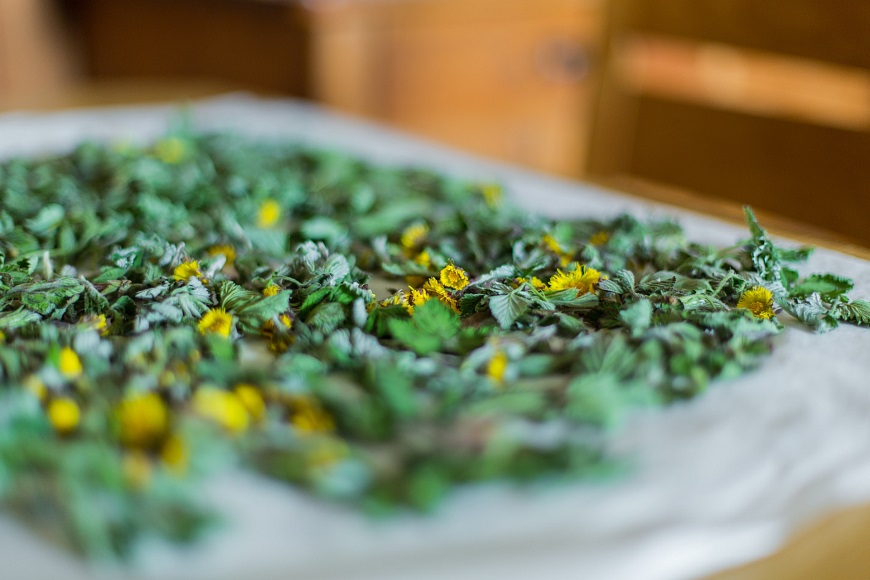
Even though the landscape is covered with a blanket of white snow in winter, it doesn’t mean that you can’t have fresh herbs available. “There are plenty of ways to make fresh spring and autumn herbs durable”, explains herbal expert Maria Bachmann.
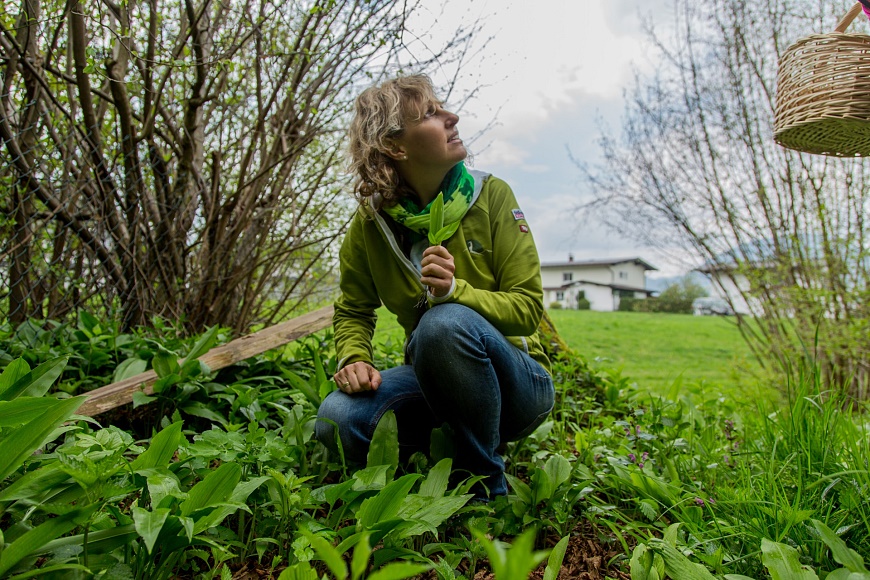
Not all drying is created equal “Even as you’re collecting them, you should make sure that the plants aren’t wet with morning dew”, says the herbal expert. Maria’s tip: “Don’t wash the herbs before you dry them, otherwise the majority of the flavour is lost”. Spread the leaves and berries as thinly as possible on a grate, or in wooden boxes, then place them in a dark, well-ventilated location and turn them regularly. After three to five days the drying process is complete. As soon as the herbs and berries are crisply dried, they can be filled into clean jars and labelled with the date and contents. Roots are processed a little differently. “After washing them, I cut the roots into 1-3 mm cubes, layer them in a wooden box and wait until they are rock hard.”
“Most herbs contain essential oils that are fat-soluble. This makes them perfect for marinating in oil”, Maria Bachmann points out. Place the dried herbs (see above) in a sealable container, for example a glass bottle, and then fill it with oil so that the herbs are covered. “Best suited to this are delicate herbs such as wild garlic and basil, but aromatic herbs such as rosemary, sage or summer savory can also be marinated”, Maria reveals. The mixture can be frozen in smaller portions. The oil herb mixture keeps in jam jars for more than two months.
The flavours, substances and colours of herbs and berries are well preserved by freezing. After harvesting, the berries prefer cool and dark storage. Generally they only keep for one or two days before spoiling. That’s why freezing is perfect for wild berries. Maria’s tip: Place the berries on a tray, freeze them, and then transfer them to a freezer bag. Incidentally, the same applies for autumn herbs. After drying they can be chopped up and stored in bags in the freezer. “What’s better than, in the depths of winter, being able to enjoy the unique flavour of spring and autumn herbs?” asks the herbal expert Maria Bachmann, who also explains the most important autumn herbs:
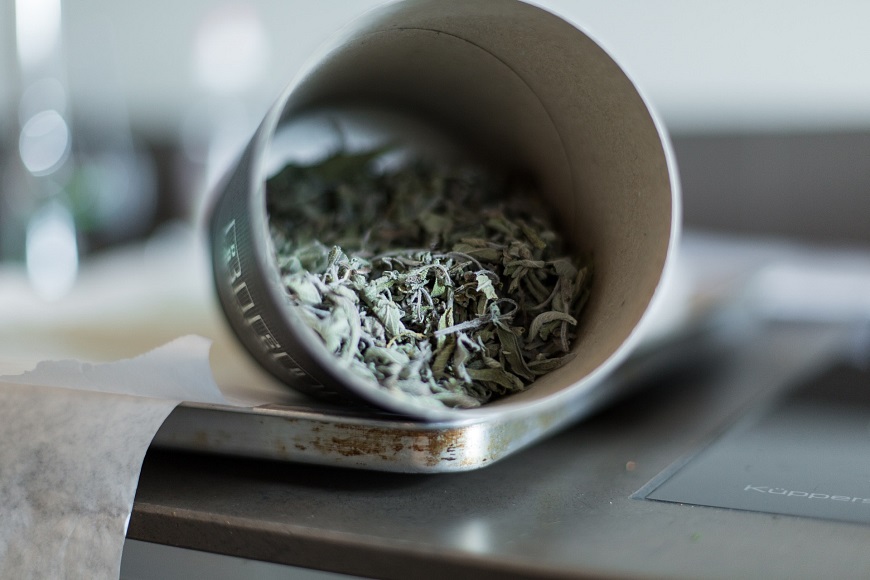
It grows out of the delicate, white flowers of the wild rose, and can be found in hedges and bushes, and on slopes. In autumn the rosehips grow as small orange berries.
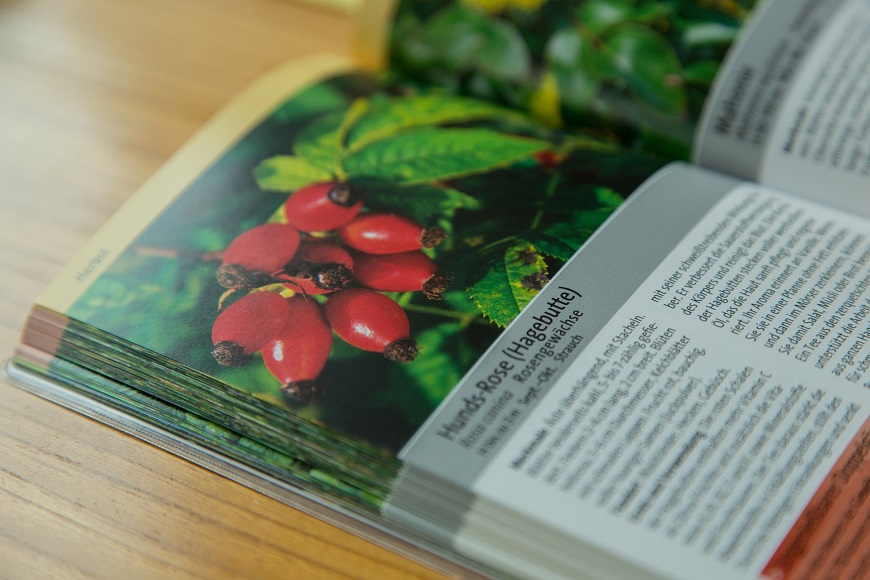
It’s hard to overlook, and often grows near houses. In spring, the elder has a unique smell and white flowers. In autumn the flowers transform into berries.
The serrated leaf plant, also known as “snowball tree”, grows on shorelines and near waterways. They say that the guelder rose’s berries take on a person’s worries and help with depression. Note: Don’t confuse it with the poisonous red elderberry.

On walks through the forests, valerian root is mainly found on the edges of the forest, in damp meadows or ditches. The fresh roots are easy to dig out with a shovel.
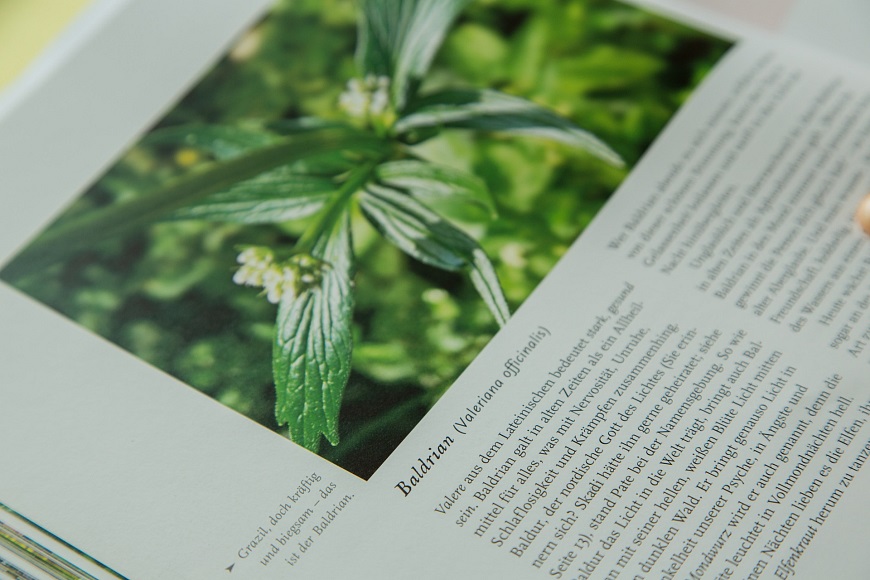
0 Comment (s)
More comments